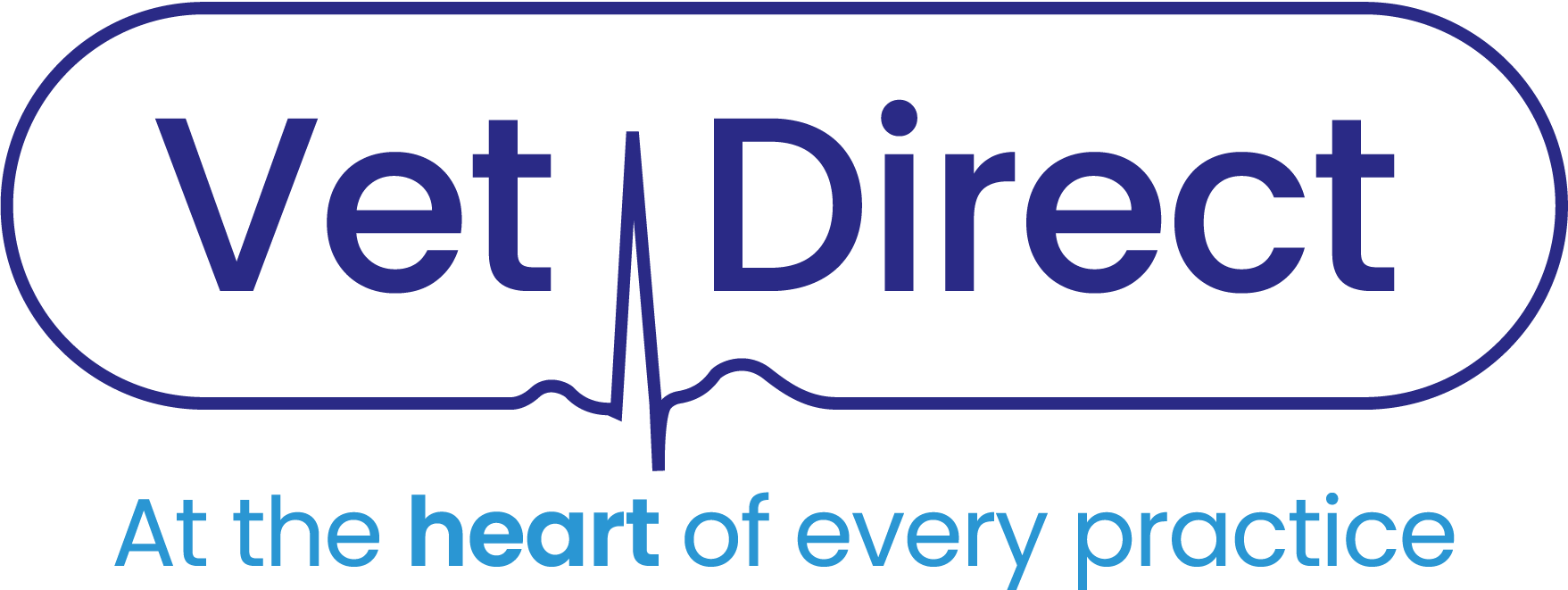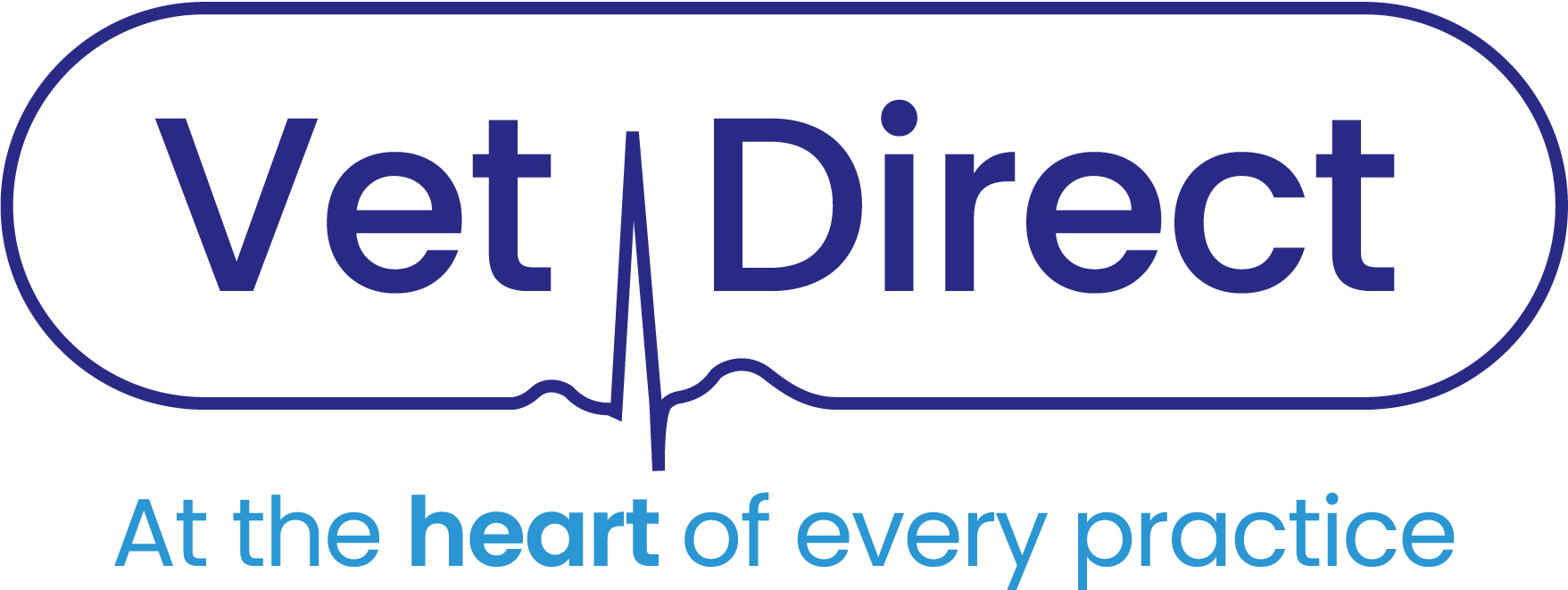Posted on: 11/10/2023, 00:00
To Low Flow or Lower Flow?
That is the question many vet practices who are wanting to work more sustainably are considering.
Here's a useful summary of Low Flow and Lower Flow Anaesthesia to help you decide which is right for your practice.
Low Flow Anaesthesia is defined as:
A fresh gas flow of 0.5-1 L/min during the maintenance phase of anaesthesia.
Whether Low Flow or Lower Flow, choosing to lower flow rates can reduce the overall usage of volatile agents and oxygen which offers practices significant environmental, clinical and financial benefits. We'll take a look at these next.
Environmental benefits
Equipment required for Low Flow
Challenges Encountered when going Low or Lower Flow
Low flow anaesthesia is being used within human anaesthesia, with both the Royal College of Anaesthetists and the Association of Anaesthetists considering low flow anaesthesia to reduce the environmental impact of the anaesthetic journey.
However when considering low or lower flow for veterinary, equipment innovatively designed for veterinary patients should be utilised to ensure the kit is fit for purpose.
It is critical to understand the equipment in your practice and any minimum and maximum patient weights and prepare your practice accordingly. For instance if choosing Lower Flow, circle systems are commonly used for larger patients, however may not be suitable for patients under 10kg. Adaptations such as <16mm boar tubing and 0.5L and 1L bags may need to be made. With Low Flow systems animals under 2kg may need a Lack Non-rebreathing system.
To ensure your patient is not rebreathing, capnography is key to assess respiratory status by monitoring the functional inspiration of oxygen (FiCO2) alongside end-tidal carbon dioxide (ETCO2).
Whether you and your practice decide to go low or lower flow, patient care will always be paramount within a balanced anaesthesia decision making approach.
What to do next?
Explore the Lower Flow, Low Flow Anaesthesia and Capnography equipment at Vet Direct
Get in touch with your Vet Direct Account Manager or the Technical Team who can offer advice on the kit needed in your practice to go low flow
Read more about Low Flow Anaesthesia from Dr Colin Dunlop writing in Veterinary Practice.
Here's a useful summary of Low Flow and Lower Flow Anaesthesia to help you decide which is right for your practice.
Low Flow Anaesthesia is defined as:
A fresh gas flow of 0.5-1 L/min during the maintenance phase of anaesthesia.
Whether Low Flow or Lower Flow, choosing to lower flow rates can reduce the overall usage of volatile agents and oxygen which offers practices significant environmental, clinical and financial benefits. We'll take a look at these next.
Environmental benefits
- Inhalation agents make up a small percentage of total greenhouse gases, however it is responsible for 10-15% of the radiative force causing climate change.
- Increasing oxygen flow rapidly flushes the agent through, compared to low flow anaesthesia that enables efficient utilisation of volatile agents.
- Studies indicate approximately 38% more usage per bottle of volatile agent with low flow anaesthesia, resulting in cost savings and reduced environmental pollution.
- Low flow anaesthesia reduces the outflow of inhalation agents from the pop-off valve, improving team safety whilst reducing environmental emissions.
- Low/Lower flow anaesthesia helps maintain patient temperature and humidity, aiding in recovery and optimal medication metabolism.
- Promotion of normothermia through delivery of warm gas to the patient rather than cold, dry gases.
- Reduction in inhalation agents used, including oxygen concentrators
- Low Flow Anaesthesia offers cost savings in consumables
Equipment required for Low Flow
- Veterinary Vaporiser such as the Darvall Stinger Ultra Veterinary Anaesthesia Machine, it should be capable of precise and reliable anaesthetic delivery at fresh gas flows down to 200ml/min, calibrated and tested.
| Drug | Equipment |
| Acepromazine | Darvall Stinger Ultra Veterinary Anaesthesia Machine |
| Methadone | |
| Propofol | Darvall DVM Iso Vaporiser |
| Isoflurane |
- A low-volume low-resistance circle absorber with rapid response to changes in vaporiser settings (eg five breaths) at 200ml/min fresh gas flow. This can be used on all patients down to 2kg, permitting fresh gas flows 10 times lower than in currently used non-rebreathing systems. Generally, low-flow systems use 10 to 30ml/kg/min, with a minimum of 200ml/min (Brown, 2015)
- A circle absorber with one-way inspiratory/expiratory valves that shut reliably with minimum force such as would be expected from a 2kg animal with a 20ml tidal volume breathing from low-volume tubing
- A precise oxygen flow meter with an expanded scale that can easily be visualised at fresh gas flow rates down to 200ml/minute
- A safety APL (waste gas “pop-off” valve) that relieves pressure at 25 to 30cmH20 if in the closed position
- Circle Absorber
- 12mm & 16mm smooth wall tubing
- 0.5L & 1L Re-Breathing Bag
- 2L & 3L Reservoir Re-Breathing Anaesthetic Bag
Challenges Encountered when going Low or Lower Flow
Low flow anaesthesia is being used within human anaesthesia, with both the Royal College of Anaesthetists and the Association of Anaesthetists considering low flow anaesthesia to reduce the environmental impact of the anaesthetic journey.
However when considering low or lower flow for veterinary, equipment innovatively designed for veterinary patients should be utilised to ensure the kit is fit for purpose.
It is critical to understand the equipment in your practice and any minimum and maximum patient weights and prepare your practice accordingly. For instance if choosing Lower Flow, circle systems are commonly used for larger patients, however may not be suitable for patients under 10kg. Adaptations such as <16mm boar tubing and 0.5L and 1L bags may need to be made. With Low Flow systems animals under 2kg may need a Lack Non-rebreathing system.
To ensure your patient is not rebreathing, capnography is key to assess respiratory status by monitoring the functional inspiration of oxygen (FiCO2) alongside end-tidal carbon dioxide (ETCO2).
Whether you and your practice decide to go low or lower flow, patient care will always be paramount within a balanced anaesthesia decision making approach.
What to do next?
Explore the Lower Flow, Low Flow Anaesthesia and Capnography equipment at Vet Direct
Get in touch with your Vet Direct Account Manager or the Technical Team who can offer advice on the kit needed in your practice to go low flow
Read more about Low Flow Anaesthesia from Dr Colin Dunlop writing in Veterinary Practice.
Products You May Like






